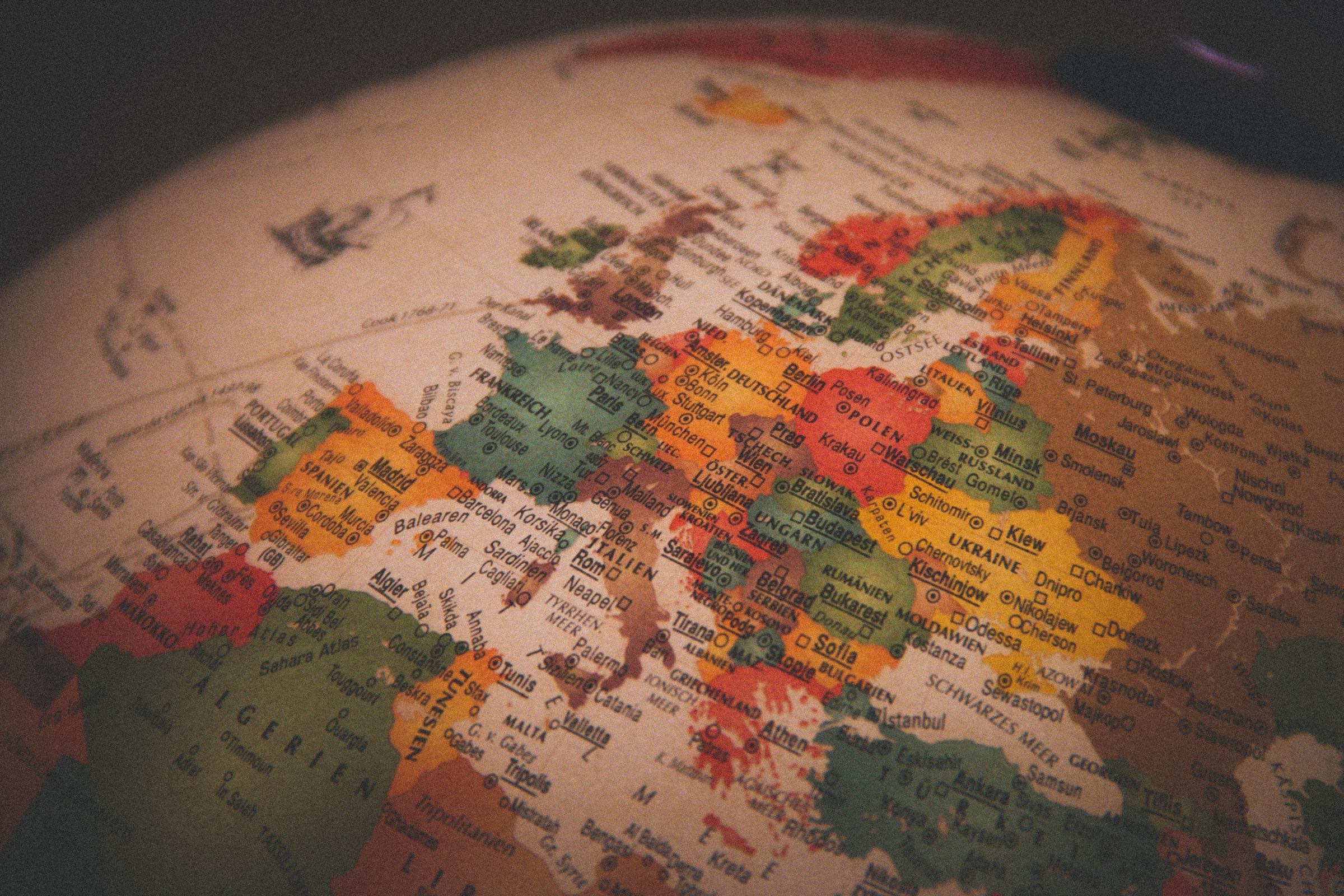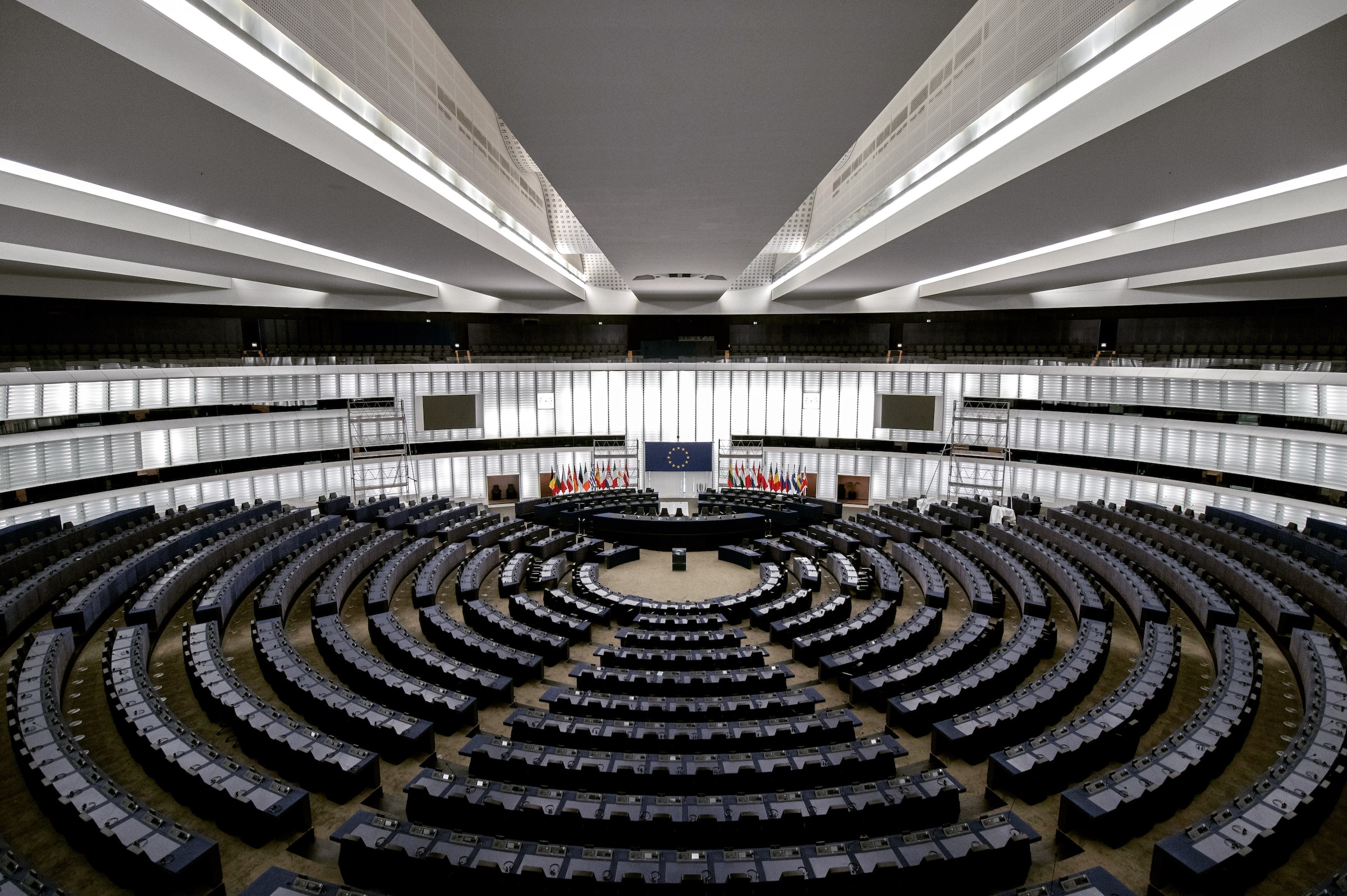COP29, held in Baku, Azerbaijan, marked a significant juncture in the global climate agenda, featuring crucial discussions on climate finance and the challenges posed by diverse national interests. Beyond negotiations, this year’s Conference of the Parties underscored the critical role of scientific research in shaping climate policy. CMCC has long been a key scientific player in climate negotiations, representing Italy in international forums like the Intergovernmental Panel on Climate Change (IPCC) and providing valuable scientific expertise.
As part of its engagement, CMCC hosted a webinar on outcomes and perspectives of COP29, featuring experts from its team and Italy’s Ministry of Environment and Energy Security (MASE) who participated in the Conference in Baku. Speakers included Federica Fricano, Karima Oustadi, Maria Vincenza Chiriacò, Anna Pirani, and Shouro Dasgupta, who discussed COP29’s key outcomes—ranging from carbon markets to the Global Goal on Adaptation—and the scientific community’s contributions to these achievements.
Working in a complex background
Dubbed the “enabling COP” – or, more directly, “finance COP” – the Baku Conference of the Parties promised to be pivotal for implementing the Paris Agreement, with its expected focus on financial commitments and discussions.
Negotiations unfolded against a backdrop of geopolitical tensions, including conflicts and uncertainty about the U.S.’s role in the Paris Agreement following recent elections. Criticism also fell on the COP Presidency for lacking experience in negotiations and failing to set clear priorities or a roadmap. This shortfall became glaring in the second week, as discussions shifted from technical to political issues, with weak leadership undermining transparency and balance among regional groups.
Federica Fricano, director of international European affairs at Italy’s Ministry of the Environment and Energy Security, highlighted the main challenges during the negotiations. “The issue of climate finance is inherently complex and divisive among countries due to their differing priorities and requests,” said Fricano during the webinar. “Moreover, at COP29, mitigation—a core element of the Paris Agreement—was sidelined, and no decision was made on the global stocktake dialogue, intended to drive cooperation. This was also largely due to opposition from some countries.”
On the other hand, key decisions were also reached, including the New Collective Quantified Goal on Climate Finance (NCQG). Standing out as a balanced outcome, it respects the core principles of the Paris Agreement while adapting to evolving global challenges. The decision highlights the urgent need for increased investment to support developing nations, emphasizing that countries with greater capacities should take on a fair share of responsibility.
The definition of rules for the global carbon market under Article 6 of the Paris Agreement was another step forward. These rules aim to ensure rigor and transparency in carbon markets, making them a valuable tool for attracting investment and driving climate action.
Progress was also seen on the Global Goal on Adaptation (GGA), with the adoption of new indicators for measuring progress. Meanwhile, a Just Transition work program was introduced, though it largely reinforces existing measures rather than breaking new ground on mitigation efforts.
So, what was missing?
“Mitigation efforts are glaringly absent, along with a clear commitment to act on the goals set by the Global Stocktake. There’s no dedicated platform to address barriers, tools, or strategies for achieving these targets,” said Fricano. “This is a pivotal moment as countries are preparing their updated Nationally Determined Contributions (NDCs) for 2025, that should reflect the outcomes of the first Global Stocktake. The Stocktake highlighted how far we are from meeting the goal of limiting temperature rise to 1.5°C. Countries are expected to align their commitments with these objectives, but the key question remains: how will they reflect them, and what priorities will they set?”
The New Collective Quantified Goal (NCQG) on climate finance under the Paris Agreement
As reported by Karima Oustadi, a climate finance expert working in Italy’s Ministry of the Environment and Energy Security, this year’s focus on a new climate finance goal became the centerpiece of discussions, especially in light of limited progress on mitigation. The roots of this new financial target date back to the 2009 Copenhagen COP, where developed nations committed to mobilizing $100 billions by 2020 to support developing countries through a mix of public and private funding. This goal was later extended to 2025, with a new target to be set for the post-2025 period.
At COP29, this new target emerged as a two-layered structure, to guide the process towards the NCQG. The “core” layer builds on the original $100 billion goal, increasing the commitment to $300 billion by 2035, with a gradual ramp-up and an expanded base of contributors, including voluntary contributions from developing countries and outputs from multilateral development banks. The “outer layer” aims to mobilize an additional $1.3 trillion by 2035 from all sources, including private sector investments. This ambitious scaling reflects the urgent need for increasing resources to support developing nations.
The decision includes mechanisms for monitoring progress, with biennial reports from the UNFCCC Standing Committee on Finance addressing both qualitative and quantitative aspects. It also emphasizes the theme of access to financial resources, urging reforms in multilateral financial institutions and simplifying processes for vulnerable nations, such as least developed countries (LDCs) and small island developing states (SIDS). However, the absence of concrete commitments to these countries was a notable shortcoming.
The Baku-to-Belem roadmap for the $1.3 trillion is a crucial development, as it opens up space to explore what this amount really means. It provides a platform for discussion under the leadership of Azerbaijan and Brazil, where governments can engage not only on the quantity of resources but also on the strategies and policies needed to mobilize them, including both public and private sector measures. The expectation is that this will become a constructive dialogue space.
“The negotiations were challenging, with a technical text developed over three years initially rejected, forcing parties to start over,” said Oustadi. “The resulting six-page decision – accepted by all 200 parties involved – reflects compromises: while it establishes a clearer financial framework, it falls short in concretely addressing the specific needs of the most vulnerable countries.”
Steps forward towards effective carbon markets and global cooperation
Article 6 of the Paris Agreement establishes mechanisms for voluntary cooperation among countries to help them achieve their Nationally Determined Contributions (NDCs). A key component of Article 6 is the theme of cooperative approaches. This allows for bilateral or multilateral agreements between countries to collaborate on projects aimed at reducing emissions or increasing carbon removal. These projects can take two forms: nature-based solutions and technology-based solutions.
Nature-based solutions involve activities such as reforestation, afforestation, and sustainable soil management, which directly enhance carbon sequestration through the management of natural resources. On the other hand, technology-based solutions are centered on developing and deploying technologies that can capture carbon directly from the atmosphere. The outcomes of these projects are known as Internationally Transferred Mitigation Outcomes (ITMOs), which can be traded between countries under specific agreements.
Another important point discussed at COP29, as highlighted by CMCC’s scientist Cinzia Chiriacò, is a centralized carbon credit market. In this mechanism, countries undertake activities within their borders to reduce emissions or increase carbon removal. The results of these activities are converted into carbon credits, which are then issued into an international market. These credits can be purchased by other countries to help them meet their emission reduction targets, thus creating an incentive for increased global collaboration and investment in climate action towards Net-Zero.
Finally, another pillar of Article 6 focuses on non-market approaches. Unlike the trading of carbon credits, this approach supports capacity-building efforts to help countries reach their climate goals without the need for trading emissions reductions.
“At COP29, significant progress was made on the implementation of Article 6,” said Chiriacò. “After years of stalled negotiations, a major breakthrough was achieved with the adoption of decisions on many of the themes regarding carbon markets. This includes the development of standards for methodologies related to carbon removals and emissions reductions. However, work remains to make the system fully operational.”
The creation of a registry system to track emissions reductions and prevent double-counting is still in progress, vital for carbon market transparency. Efforts are also underway to refine technical aspects, such as defining baselines, ensuring additionality, and addressing the risk of reversals. The aim is to finalize these details by 2025, with further standards to follow.
“An interesting aspect highlighted in the decisions made at COP29 is the emphasis on using scientific and technical expertise in the development of carbon market mechanisms,” said Chiriacò, noting that this is particularly relevant as CMCC also provides such scientific support to the negotiations. “The aim is to ensure that the rules and standards developed are robust and grounded in the best available science. This approach is crucial for creating a reliable and transparent system that countries can trust. Ultimately, the goal is to attract investment, enhance the ambition of climate goals, and ensure that the mechanisms established under the Paris Agreement can contribute to the broader objective of reaching net-zero emissions.”
Perspectives on the global goal on adaptation
The Global Goal on Adaptation was first introduced in the Paris Agreement in 2015. It aims to provide a clear framework and targets to guide global adaptation efforts and enhance support for adaptation in developing nations, particularly those most vulnerable to climate change. This includes enhancing adaptive capacity, strengthening resilience, and reducing vulnerability across sectors such as health, food systems, and ecosystems.
CMCC’s Shouro Dasgupta introduced the work his group has been involved in, importantly including the development of indicators to track progress, with over 10,000 suggested indicators received from parties, UN organizations, and various institutions. These indicators cover diverse areas such as reducing water scarcity, achieving climate-resilient food and agricultural production, ensuring adequate food and nutrition access, increasing resilience against health impacts of climate change, protecting biodiversity, and safeguarding infrastructure, human settlements, livelihoods, and cultural heritage.
“The COP29 outcomes have provided direct guidance, asking us to create a manageable set of no more than 100 indicators from the thousands received,” said Dasgupta. “These indicators need to allow for aggregation to support the global stocktake and assess adaptation progress globally, with a special focus on Least Developed Countries (LDCs) and Small Island Developing States (SIDS). This was a challenging inclusion to negotiate, but it reflects the commitment to equity in climate adaptation efforts.”
“Identifying optimal indicators for health adaptation remains challenging, with gaps in emphasizing indigenous knowledge and a lack of scientific validation for some indicators,” said Dasgupta. Key issues include whether to monitor hazards or underlying health risks and how to balance country-specific indicators with global relevance. Some promising indicators lack scientific backing but may be viable in the future, raising questions about their integration without losing focus on current priorities. “Time is short, but we are committed to providing concrete outcomes within the next six months to ensure meaningful progress on this vital aspect of global climate action.”
Leaving the negotiations table, looking ahead
COP29 delivered both important outcomes and notable shortcomings, reflecting the complex and evolving nature of global climate negotiations. While progress was made in key areas such as climate finance and carbon markets, significant gaps remain, particularly regarding clear strategies for mitigation and concrete commitments for the future.
The negotiations, which are part of a multi-year process involving technical meetings and subsidiary bodies, highlight the challenges of balancing diverse national interests and scientific insights. As these discussions continue, it’s clear that the road to meaningful global climate action is long and intricate, and further exploration of how these negotiation mechanisms work will be essential for understanding the full scope of what needs to be done.
“We need to further explore these complex mechanisms to better understand how science contributes to the technical work on policy development,” concluded CMCC’s Anna Pirani, Director of the program Predicting socio-economic impacts of climate change and IPCC Focal Point for Italy, who moderated the webinar. “With the new IPCC cycle beginning, we can already see valuable insights through the presentations, where the scientific foundations are particularly interesting and important. Over the next few years, this ongoing work will continue from the scientific community, always in a very collective effort, much like the negotiations themselves.”
Additional Resources:
- Watch the webinar (in Italian): COP29: esiti e prospettive della Conferenza di Baku
- COP29 Spotlight: Explore our series on Foresight
- All COP29 outcomes are detailed in the official document, available online.
Photo by Orkhan Musayev on Unsplash






